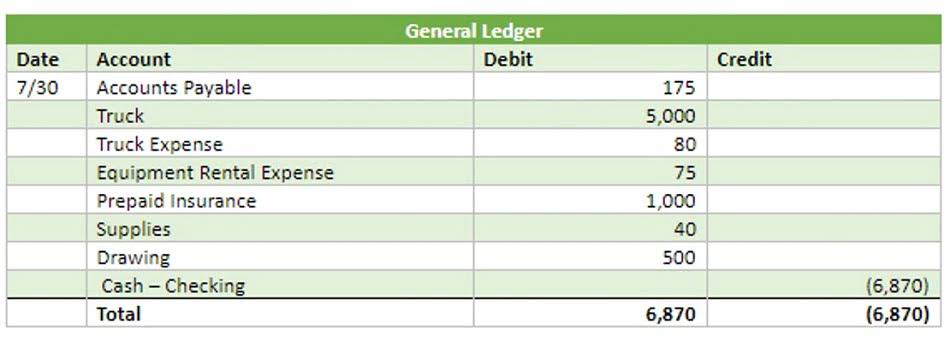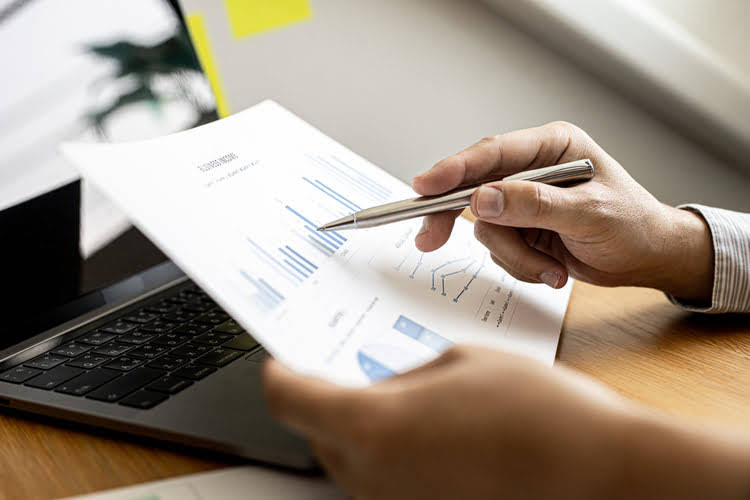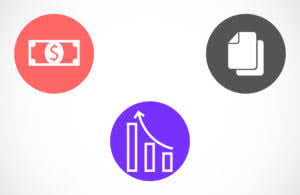Each financial forecast plays a major role in determining how much attention is given to individual expense items. For example, if you forecast high-level trends for general planning purposes, you can rely more on broad assumptions than specific details. However, if your forecast is concerned with a business’s future, such as a pending merger or acquisition, it’s important to be thorough and detailed. Further details of the use of this allowance method can be found in our aged accounts receivable tutorial. With this information, you can then have a more accurate idea of how much you may accrue in bad debt next year as well.
How to Calculate the Percentage of Sales to Expenses
As a result of these measures, DEF Financial saw a 20% reduction in uncollectible accounts over two years, improving both its cash flow and profitability. GAAP is overseen by the Financial Accounting Standards Board (FASB), which regularly updates and issues new standards to address emerging accounting issues and improve the quality of financial reporting. For companies operating in the U.S., compliance with GAAP is mandatory and essential for maintaining credibility and trust with stakeholders. This entry reflects the company’s expectation that $20,000 of its accounts receivable is unlikely to be collected. Now, small business captain, set sail toward a brighter, more accurate future as you navigate debt, cash flow problems, and maybe even the occasional kraken, Catch Up Bookkeeping like a total pro. Financial forecasting can be anything but fun at times, but it’s a necessary part of running a business.
Failure to pay a recent invoice
This calculation is done each month based on the current month’s credit sales and the total accumulates in the Allowance account. This is different from the Aging of Accounts Receivable Method where a journal entry is done to bring the balance in the account to the desired balance. The percent of sales method is one of the quickest ways to develop a financial forecast for your business — specifically for items closely correlated with sales.
How Do You Record Bad Debt Expense?
By examining these real-world examples and case studies, companies across various industries can gain valuable insights into effective strategies for managing uncollectible accounts. A large manufacturing company, LMN Manufacturing, faced challenges with delayed payments from international clients. By implementing stricter credit policies and using credit insurance for high-risk clients, LMN Manufacturing was able to mitigate the risk of uncollectible accounts. The company also conducted regular reviews of its receivables and adjusted credit terms based on clients’ payment histories and economic conditions in their respective countries. Using this allowance method, the estimated balance required for the allowance for doubtful accounts at the end of the accounting period is 7,100. If collection efforts are more successful than anticipated, the company might percent of sales method accounting cut its allowance, decrease bad debt expenses, or even record a gain from recovery.
- Pro forma statements can also inform endeavors by creating multiple statements and interchanging variables to conduct side-by-side comparisons of potential outcomes.
- With a revenue of $60,000, she’s not running a corporation, but she should still expect to run into a small amount of bad debt expense.
- For the percentage-of-sales method to yield accurate forecasts, it is best to apply it only to selected expenses and balance sheet items that have a proven record of closely correlating with sales.
- When accountants decide to use a different rate for each age category of receivables, they prepare an aging schedule.
- The accounts receivable to sales ratio measures a company’s liquidity by determining how many sales are happening on credit.
- For example, Accounts Receivable could be a control account in the general ledger.
B. Use Multiple Forecasting Methods for Accuracy
It’s an unfortunate truth in business that not all Certified Public Accountant your clients will pay their bills. Unless you only deliver your product or service after payments are rendered, you’re likely to have a few clients that won’t pay what they owe. These uncollectible accounts have virtually zero chance of being paid off, making them bad debt through and through.
- Of these expenses, he sees that only the last two are tied to sales as they fluctuate.
- Multiply the total accounts receivable by the historical uncollected accounts percentage to predict how much these bad debts might cost for the time period.
- Common reasons for uncollectible accounts include the customer’s bankruptcy, financial difficulties, or disputes over the goods or services provided.
- Companies must choose a method that balances accuracy with being practical, considering their industry, customer base, and available data.
- As time passes, companies gain better information about which accounts might not be collected.
- This might involve a more granular analysis of receivables and a customized percentage rate that aligns with the specific risks inherent in construction contracts.
By initially creating a reserve and then adjusting it for specific bad debts and recoveries, ABC Inc. ensures a more accurate reflection of its financial position. Income accounts and balance sheet items, like accounts receivable (AR) and cost of goods sold (COGS), are analyzed to determine the percentage they contribute to total sales. Under this approach, businesses find the estimated value of bad debts by calculating bad debts as a percentage of the accounts receivable ending balance. This is recorded as a debit to the bad debt expense account and a credit to the allowance for doubtful accounts. The unpaid accounts receivable that are written off are credited with a corresponding debit to the allowance account.





